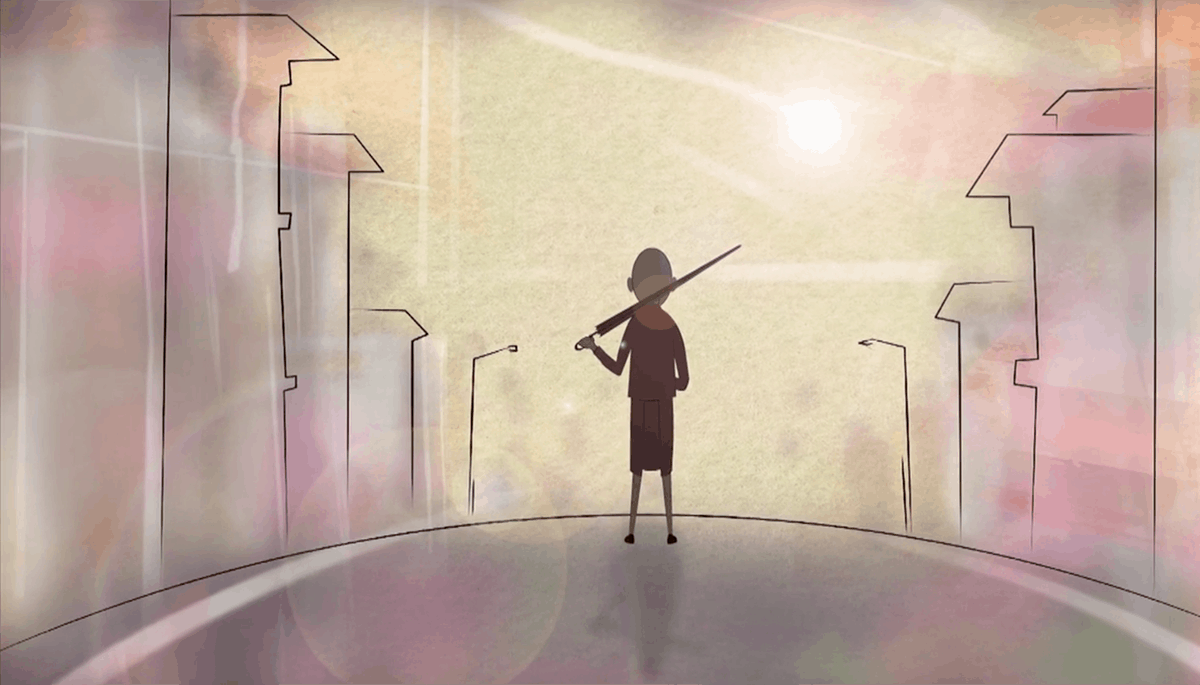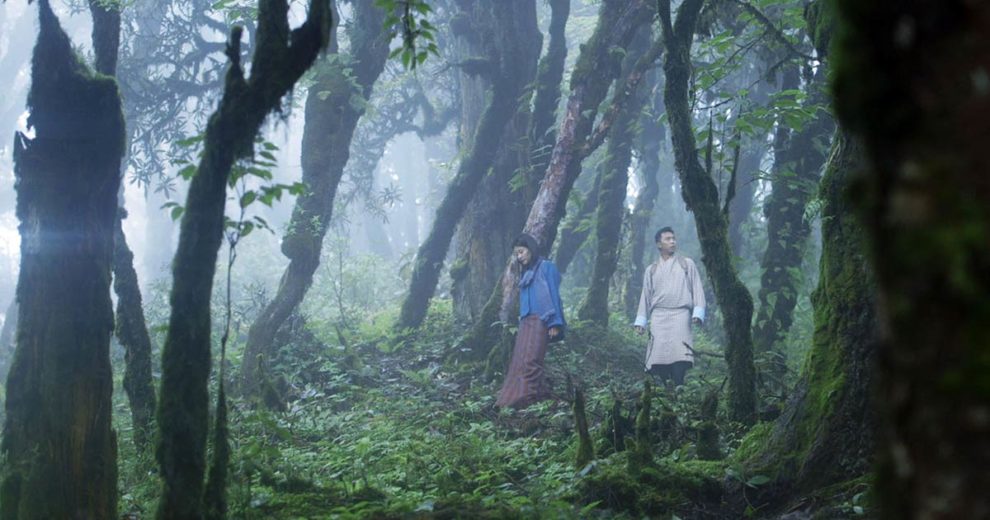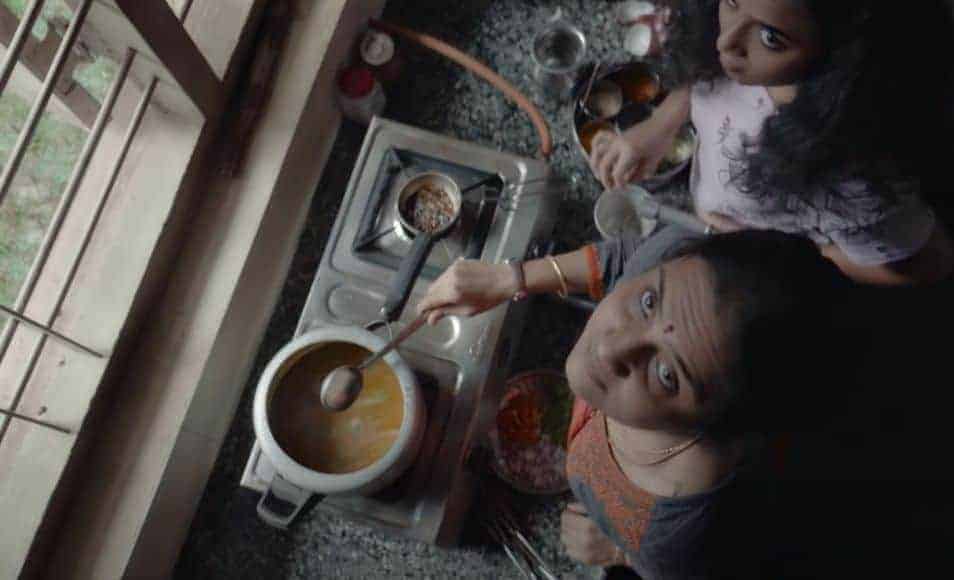New streaming platform Beskop has recently launched, offering the first service to focus solely on Bhutanese cinema. The site features such films as Dechen Roder's “Honeygiver Among the Dogs” and Ugyen Wangdi's “Price of Letter”, along with a selection of short films. With a growing library of curated films, you can check out the official site for full catalogue and future news/releases.
To celebrate the beginning of the streaming service and our cooperation with Beskop, we offer 10 lucky viewers the opportunity to watch the (already quite affordable) titles with a 50% price off.
Just comment with your name and country on the website or the corresponding articles on Facebook, Twitter and Instagram and win 10 codes to watch any of the films with a 50% price off. The first 10 will receive the codes. The codes are just for the “rent” option.
To help you with your selection, here are four great films that you can stream on the service
*By clicking on the titles you can read the full reviews.
1. Honeygiver Among the Dogs (2016) by Dechen Roder

“Honeygiver Among the Dogs” is definitely a unique entry in international cinema. Aside from the fact that it is actually a noir film from Bhutan, what sets the movie apart is its aesthetics, which combine elements of thriller and road movie with Buddhism and the supernatural, all of which are used to present a number of social comments. Let us take things from the beginning though.
The noir film almost always involves a detective and a femme fatale. In this case, the latter is policeman Kinley, who comes to a secluded village to investigate the disappearance of the abbess of a monastery hidden in the Bhutanese forests. His search quickly leads him towards Choden (the femme fatale), a mysterious and very beautiful woman who resides in the area and quickly disappears as soon as she is informed that the police is searching for her. Under orders from his, quite intent to solve the case, chief, Kinley follows her in order to befriend her, but instead finds himself lead on by her, in a trip through the forests that eventually points to a case much more complicated than he ever imagined.
The prejudice towards outsiders and the superstition that dominates the small societies in particular is another one, while a most obvious comment refers to the corruption of the officials and the greed of people, which lead towards social oppression, with the supernatural functioning as punishment in this case.
As Kinley learns more about the case and Choden, the noir element of the movie comes to the fore, with the former providing a very fitting femme fatale, who, as usually in the genre, is much more than she appears to be. Both Jamyang Jamtsho Wangchuk as Kinley and Sonam Tashi Choden as Choden are quite fitting to their roles, both due to their performance and their appearance. Wangchuk is impressive as the strict and sure of himself policeman whose interaction with Choden turns him into someone completely different. The annoyance and discomfort he emits as soon as he is stripped of his uniform is the highlight of his performance. Gorgeous Choden provides an eerie and mysterious performance that suits the archetype of the femme fatale to the fullest. (Panos Kotzathanasis)
Watch This Title
With 50% Off
2. Haste Slowly (2016) by Chand Bhattarai

The Bhutan film industry is relatively young, and this is even more the case for its animation industry. It only emerged in the early 2000's, when various government agencies and NGOs turned to animation as a means to inform and educate the people. Since educational videos are also in need of creative solutions, this led to the foundation of several animation studios. In 2015, Chand Bhattarai, the director of “Haste Slowly” founded his own animation studio Studio Awake-can with childhood friend and animator Nima Dorji Tamang. It was the studio's first film and won the Best Animation award at the Beskop Tshechu film festival 2016.
One could argue that “Haste Slowly” ties in with the educational animation industry. That is true, but only in part as he brings elements to his film that turn it into something more. Examples of this are the way he worked the concepts such as fire representing the energy necessary for meditation into the story, for instance when a food vendor is frying eggs. Also, he added some modern twists such as the use of a tracking device to find the elephant. This makes “Haste Slowly” an enjoyable, albeit a slightly strange film for viewers who are not interested in Calm Abiding meditation. At the same time, it can provide a guideline for practitioners and a starting point for those interested to find out more. (Nancy Fornoville)
Watch This Title
With 50% Off
3. The Monk in the Forest (2016) by Karma Wangchuk

Taking inspiration from impressionist art, the visuals in the film remain obscured to give texture through the blurring of lines. While this may not best capture the artform, the blurring of audiences perceptions forces the viewer to rely on the sound design to help keep their bearings. As a result, the sound design, by Toni Kauko, becomes one of the key elements in the short films' success. Thankfully, the soundscape is both intricate and well timed, marking it exemplary within the experimental genre which has now shortage of sound focused projects. Every breath, crack of the twigs, utterance, etc. are masterfully balanced to capture the emotion of the protagonist. Ultimately, the sound design puts you in the headspace of the traveling monk allowing the observer to experience every moment of tension and uncertainty in movement through a blurred landscape.
While the experimental approach will obviously act to limit the audience, what Karma Wangchuk and Toni Kauko were able to accomplish is quite remarkable in the realm of ‘experimental' film. “The Monk in the Forest” is a meticulously crafted audio/visual experience that, with certain viewers, will make for an unforgettable journey. (Adam Symchuk)
Watch This Title
With 50% Off
4. Price of Letter (2004) by Ugyen Wangdi

Homer's “Odyssey” is one of the most renowned pieces of literature worldwide, and probably one of the first “road” novels ever to appear. The adventures of the honomymous protagonist, in his way to reach Ithaca, his homeland, from Troy, have been inspiring artists and influencing ways of thinking for centuries. Thus, it is a surprise to come across a documentary that takes place in the latest millennium and focuses on a man who seems to experience an odyssey once a month, as he delivers mail by foot to Lingshi, a high mountain village (at 12,000 ft), a trip that takes about a week each way.
In the 69 minutes of the documentary, Ugyen Wangdi creates the portraits of a man, an area, and in essence a way of thinking, in the most eloquent but also sober fashion, mirroring in that way, the character of Tenzin, in one of the narrative's best traits. His own editing is excellent, focusing on what is important, without any particular effort at dramatization or beautification, while Ten Dorji Leki and Ugyen Wangdi Phuntso's camera captures both the people and the various setting with realism and artistry. A number of long shots, in particular, highlight the beauty of the area in the most impressive way, although Ugyen Wangdi avoids the reef of making his documentary a carte-postale, National Geographic-like one, since his approach is more anthropocentric, in another of his effort's greatest traits.
“Price of Letter” is an impressive documentary, in all of its aspects. Back in 2004 and 2005, it won awards from festivals in Brooklyn, Trento, Toronto and Tokyo, and anyone who watches the film will easily understand why. (Panos Kotzathanasis)



















